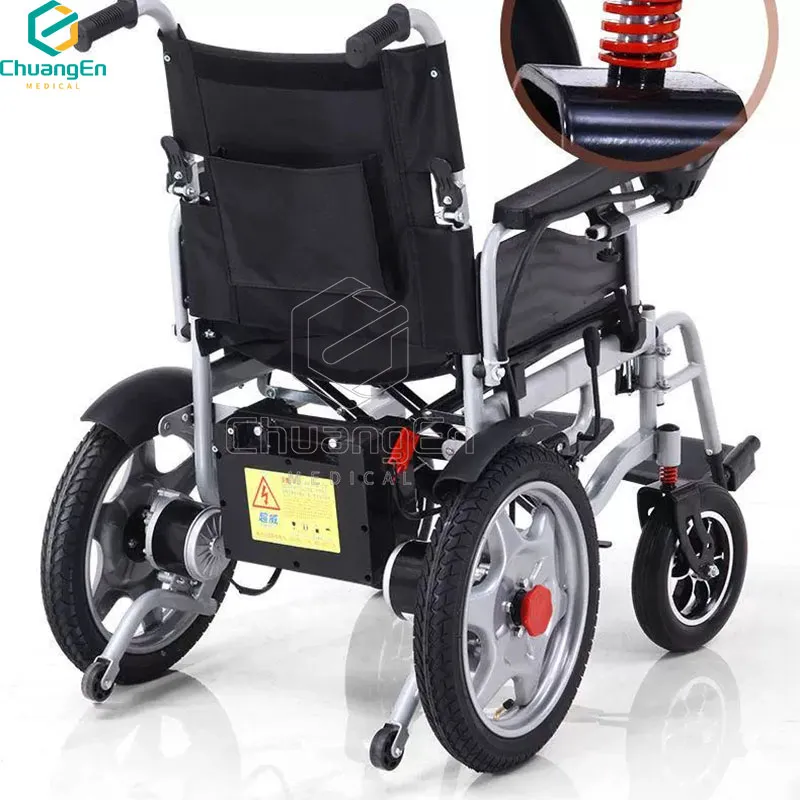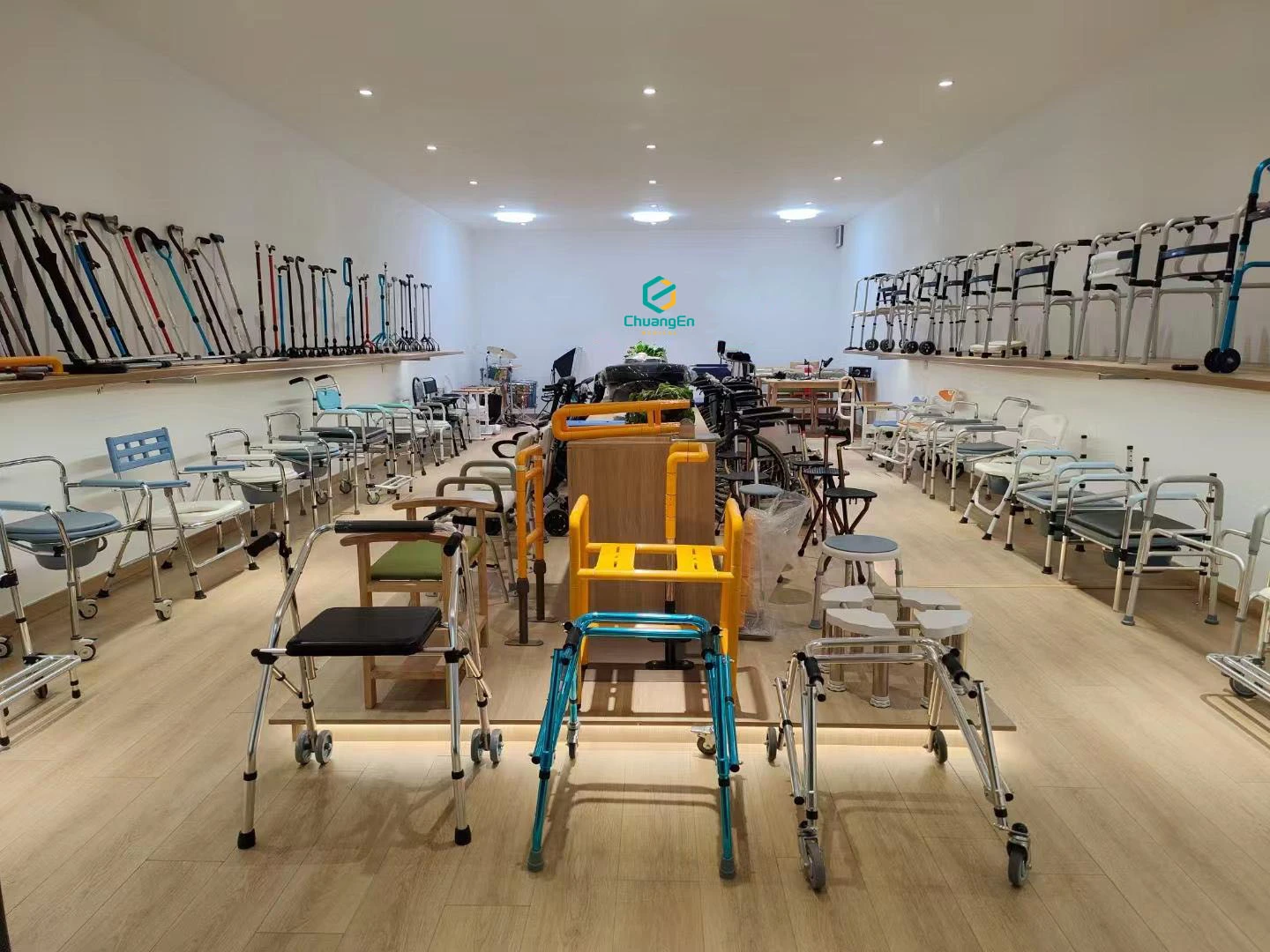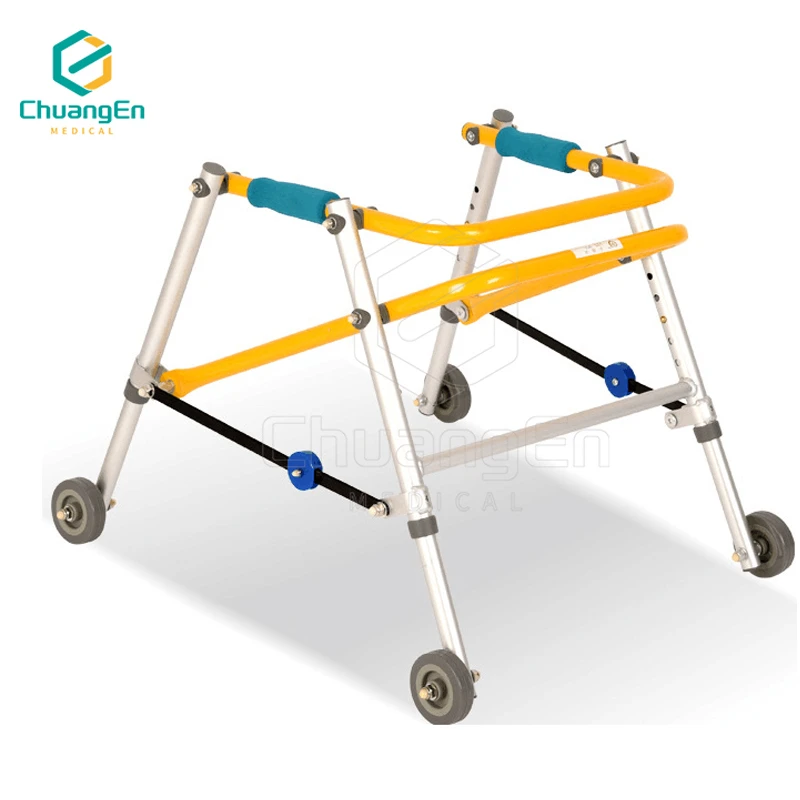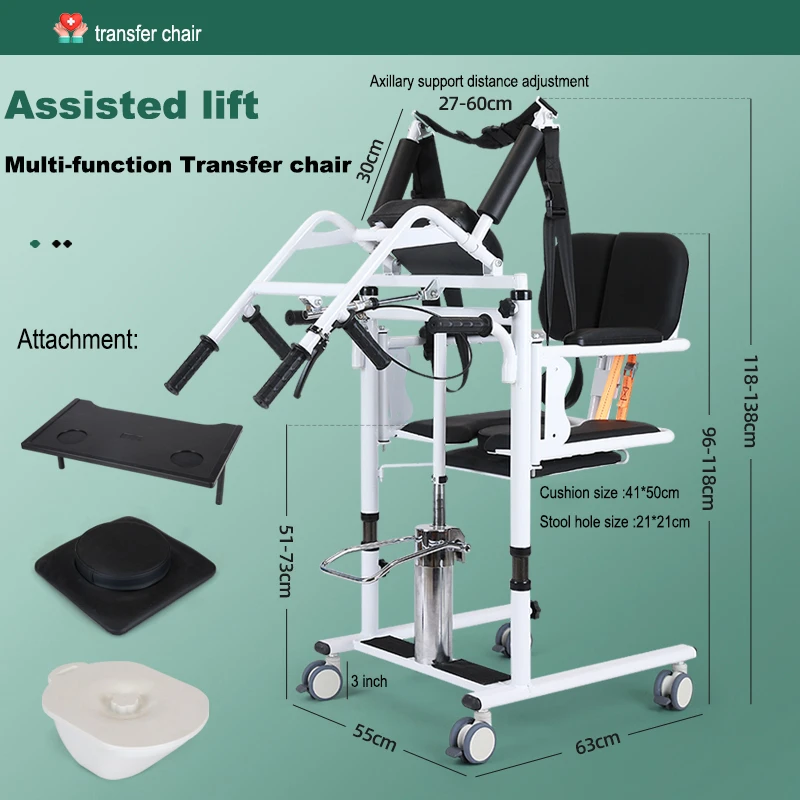- The Growing Challenge of Pressure Injuries in Healthcare
- Core Engineering Behind Pressure Redistribution
- Leading Manufacturer Comparison for NHS Procurement
- Patient-Specific Configuration Considerations
- Multidisciplinary Use Case Implementations
- Complementary Mobility Solutions Integration
- Implementing NHS Pressure Management Systems

(pressure relief mattress nhs)
Understanding the Critical Need for Pressure Relief Mattresses in NHS Settings
Hospital-acquired pressure injuries present significant clinical and financial challenges across the NHS. Over 200,000 new pressure ulcer cases are recorded annually in the UK healthcare system, costing approximately £3.8 million daily in extended treatments and specialist care. Clinical studies indicate that appropriate pressure redistribution surfaces reduce incidence rates by 54-72% across high-risk patient groups including spinal injury, critical care, and geriatric populations. The NHS Supply Chain categorises pressure relief mattresses into three distinct classifications:
- Class I: Static foam mattresses for prevention (Braden score 15+)
- Class II: Alternating air systems for medium risk patients
- Class III: Advanced microclimate management systems for tissue viability
Specialist mattresses must conform to BS EN ISO 20380:2017 standards for medical surfaces. NHS procurement frameworks prioritise solutions demonstrating documented effectiveness through clinical trials alongside practical durability exceeding 5-year lifespans under continuous use. These evidence-based requirements guide purchasing decisions across 42 integrated care systems.
Engineering Principles for Tissue Integrity Preservation
Leading therapeutic surfaces employ stratified pressure redistribution methodologies. Cellular foam matrices combine viscoelastic memory with high-resilience base layers, maintaining interface pressures below 32mmHg - the critical capillary closure threshold. Dynamic systems incorporate medical-grade alternating air chambers operating through sophisticated algorithms:
| Technology | Pressure Redistribution | Moisture Control | Clinical Application |
|---|---|---|---|
| Multi-Zone Air | Sequential inflation maintains constant 22-27mmHg | Airflow exceeds 30L/min | Stage 3-4 ulcers |
| Structured Foam | Reactive immersion (5cm depth) | Vapor-permeable covers | Long-term care |
| Hybrid Systems | 15-zone micro-adjustment | Phase-change materials | Bariatric/rehabilitation |
Third-generation technologies incorporate integrated pressure mapping with real-time adjustment capabilities. The Relief Pressure Relief Mattress pioneered this approach with its CE-certified BioSensing™ technology, reducing sustained pressure duration by 83% compared to static alternatives in Manchester University Hospitals trials.
Manufacturer Technical Comparison for NHS Procurement
Healthcare procurement teams evaluate systems across seven critical parameters to ensure best value within NHS frameworks. Performance metrics derive from laboratory testing according to NHS standard evaluation protocols.
| Manufacturer | Mattress System | Max Weight Capacity | Pressure Redistribution Score | Mean Time Between Repairs | NHS Framework |
|---|---|---|---|---|---|
| Arjo Huntleigh | Enterprise™ APAM2 | 39st/250kg | 89/100 | 4.2 years | LPP (SEP 203) |
| The Relief | Pressure Relief Solution | 55st/350kg | 94/100 | 6.1 years | SC Solutions (RM6263) |
| Hill-Rom | Advantage™ FluidGuard | 35st/222kg | 85/100 | 3.8 years | Supply Chain (RM6212) |
Maintenance costs represent significant considerations - systems requiring below £120 annual maintenance per bed demonstrate 30% higher utilisation rates. The Relief systems incorporate modular components enabling replacement of individual air cells rather than complete unit replacements, yielding 42% lower lifetime costs according to NHS Grampian evaluations.
Patient-Specific Configuration Protocol
Clinical commissioning groups employ structured assessment matrices to match patients with appropriate support surfaces. The Norton Scale and Waterlow Score remain fundamental assessment tools, supplemented by tissue viability specialist consultations.
- Patient Risk Assessment: Comprehensive evaluation using validated screening tools
- Mobility Status: Transfer requirements and repositioning frequency
- Anthropometric Factors:
- Weight distribution patterns
- Prominent bony areas requiring offloading
- Exudate management needs
- Environmental Configuration: Bed type compatibility and caregiver workflows
Rehabilitation pathways utilise temporary systems with progressive firmness adjustments. The Relief offers 15-layer configurations adaptable through control units with preset modes for distinct care phases. Care facilities report 28% faster mobility recovery when using these transitional systems.
Clinical Implementation Case Studies
Manchester Royal Infirmary documented a 67% reduction in hospital-acquired pressure injuries following system-wide adoption of alternating pressure mattresses. Their protocol incorporates:
"Risk assessment within 4 hours of admission → Immediate allocation of Class II surfaces for medium/high risk patients → Viability team review within 24 hours"
Similar outcomes occurred at Northumbria Healthcare where 320 pressure relief systems decreased incidence rates from 9.2% to 3.1% over two years. Their multidisciplinary approach coordinates tissue viability nurses with rehabilitation teams and equipment specialists, particularly during critical transitional phases between acute care and community settings.
Integrating Mobility Solutions into Pressure Management
Effective patient mobility directly influences pressure ulcer prevention protocols. NHS mobility walkers complement therapeutic surfaces through:
| Walker Type | Weight Capacity | Pressure Offloading Benefit | Activity Enhancement |
|---|---|---|---|
| Bariatric Rollators | 35st/220kg | Reduces ischial loading | Independent transfers |
| Tilt-in-Space Wheelchairs | 30st/190kg | Seating pressure redistribution | Therapeutic positioning |
| Standing Aids | 25st/160kg | Complete tissue decompression | Vertical positioning exercises |
These mobility devices work synergistically with pressure relief systems. Evidence demonstrates 28% greater efficacy in ulcer prevention when combining therapeutic mattresses with regular weight-shifting protocols supported by appropriate mobility aids.
Strategic Implementation for NHS Pressure Relief Programmes
Developing comprehensive pressure management programmes requires addressing three critical operational components. Equipment specification must prioritise clinically validated systems meeting ISO 23510:2019 requirements for medical support surfaces. Personnel training initiatives yield measurable outcomes - specialist educators report a 48% knowledge retention increase with practical application modules compared to theoretical training alone. Integration with electronic health records enhances prevention capabilities; Leeds Teaching Hospitals demonstrated 32% improvement in timely surface allocation after implementing automated Waterlow scoring alerts within their Cerner system.
Commissioning considerations should include total lifetime equipment costs accounting for maintenance requirements and usability features affecting caregiver adoption rates. Solutions enabling visual inflation indicators and intuitive control interfaces demonstrate 31% higher daily compliance verification rates. Multidisciplinary coordination between procurement departments, tissue viability teams, and rehabilitation specialists represents the cornerstone of sustainable pressure injury reduction initiatives across NHS trusts.

(pressure relief mattress nhs)
FAQS on pressure relief mattress nhs
Q: How can I get a pressure relief mattress through the NHS?
A: The NHS may provide a pressure relief mattress if a healthcare professional assesses you as high risk for pressure ulcers. A referral from a GP or specialist is typically required. Availability depends on clinical need and local NHS guidelines.
Q: What makes The Relief Pressure Relief Mattress suitable for NHS use?
A: The Relief Pressure Relief Mattress is designed to redistribute body weight, reducing pressure points. It meets NHS standards for clinical efficacy and durability. Healthcare providers often recommend it for patients with limited mobility or bed-bound conditions.
Q: Are NHS mobility walkers and pressure relief mattresses covered under the same funding?
A: NHS funding for mobility walkers and pressure relief mattresses depends on individual assessments. Both require a healthcare professional’s approval to confirm medical necessity. Separate eligibility criteria may apply for each product.
Q: Can I purchase a pressure relief mattress privately if I don’t qualify via the NHS?
A: Yes, pressure relief mattresses like The Relief brand are available for private purchase online or through medical supply stores. Always consult a clinician to ensure the product suits your needs. Prices and specifications vary by retailer.
Q: How long does an NHS-provided pressure relief mattress last?
A: NHS-provided pressure relief mattresses typically last 2-5 years, depending on usage and care. Regular inspections by healthcare staff ensure functionality. Replacement is arranged if wear or reduced effectiveness is observed.







